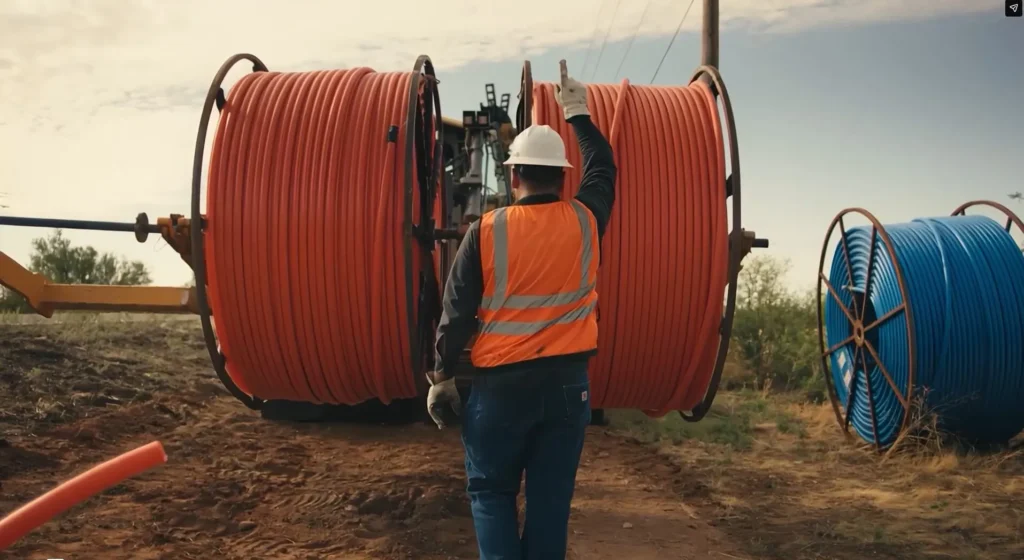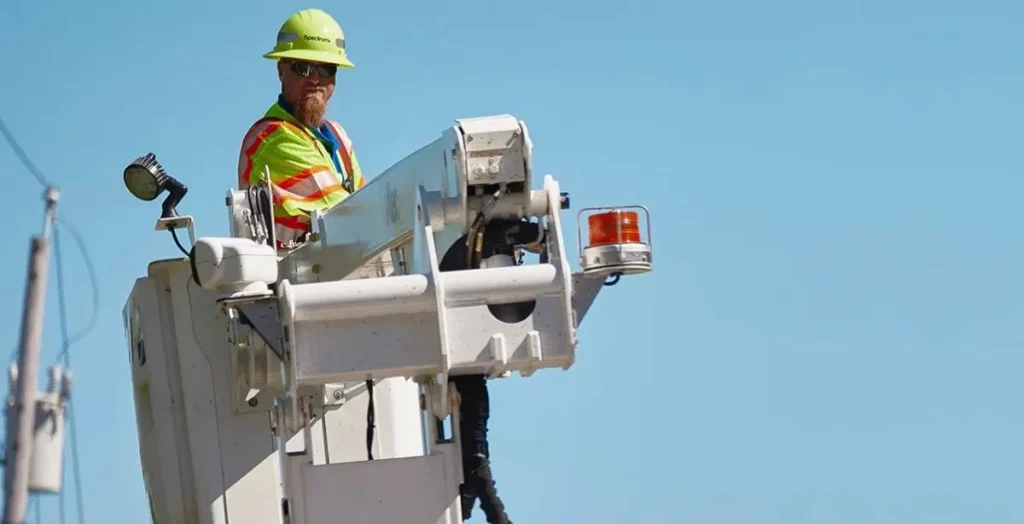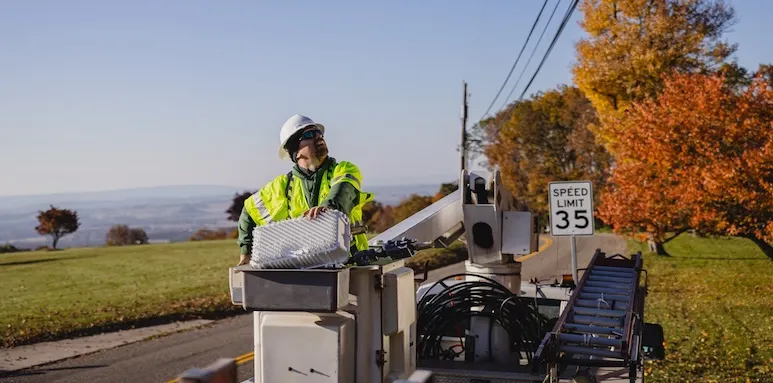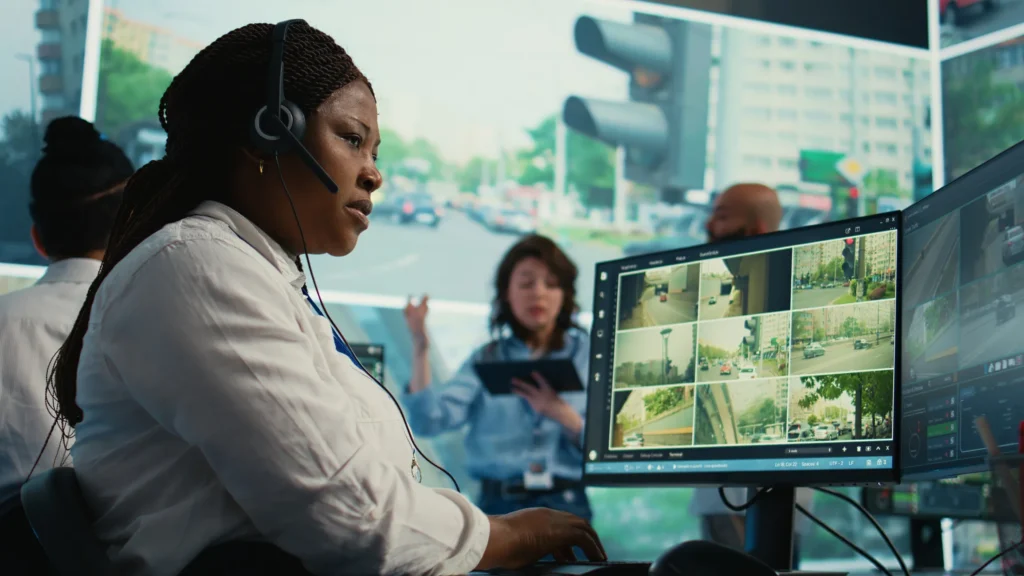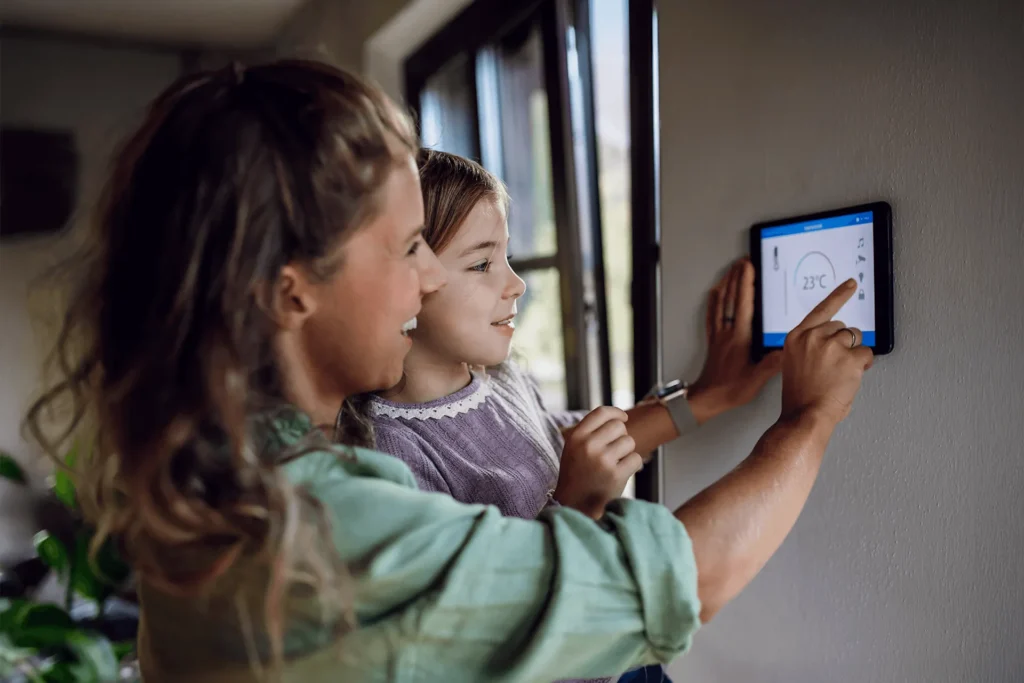Looking Back in Order to Move Forward
2020 will long be remembered as the year of distance learning, when schools all over the country closed their doors and pivoted online as the COVID-19 pandemic came to stay. Cable internet service providers (ISPs) got to work quickly and joined with school districts, community organizations, local governments, and businesses to identify unconnected families with school-aged students and to install internet in their homes so that kids could attend school virtually from home. But the ongoing pandemic has shown that broadband connectivity will always be a critical necessity for the nation’s students, even as schools reopened with in-person learning the past school year. The public-private partnerships formed during this time have also proved that it takes a village to close the digital divide and to ensure that students are set up for future success. One results-driven and successful public-private partnership that is worth looking back on took place in Nevada, and is one in which Cox played an important role.
Connecting Kids, a coalition formed under Nevada Governor Steve Sisolak’s COVID-19 Task Force, reached and connected every K-12 student in the state by January 2021—an astounding feat. This means that every one of the nearly half million students in Nevada have access to a computer and an internet connection at home. The coalition, which included Cox, the city of Las Vegas, T-Mobile, CenturyLink, AT&T, Verizon, Communities in Schools Nevada, the Elaine P. Wynn Family Foundation, the Public Education Foundation, and the Clark County School District, among others, worked together to get as many kids connected and as quickly as possible. Immediately, a family support call center was established and fielded thousands and thousands of calls in the spring and summer of 2020 to get eligible families set up with reliable internet service at home.
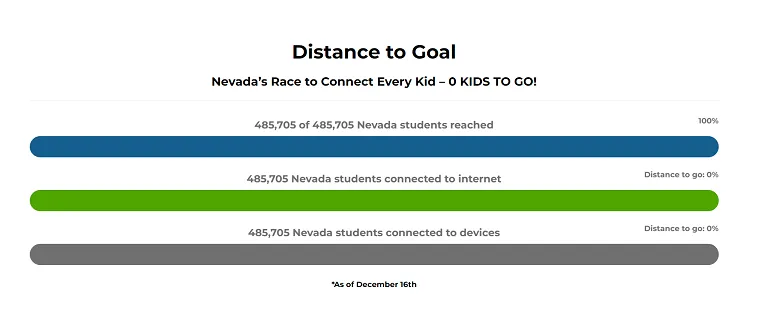
“The coalition came together when business and community leaders learned some students would be left out of digital learning because their families could not afford access to high-speed internet and a learning-ready device,” said Elaine Wynn, former President of Nevada’s State Board of Education.
“Nevada’s digital divide was exacerbating existing inequities and we did not have a moment to waste to address students’ needs,” Wynn continued. “Nevada accomplished this for our children through unprecedented cooperation coming from every corner of the state. This achievement is further evidence that when people of good heart and intention come together, they can solve a community’s most daunting problems.”
“It was all about the kids. It was all about how do we react to this so that the kids can get virtually connected, attend school, and not miss out,” said Stephanie Stallworth, Cox’s Director, Public & Community Relations, for Las Vegas. Stallworth also explained that while Nevada has over 3 million people, 2.2 million reside in Clark County and 75% of the state’s students are in Clark County, home to Las Vegas. Many families with school-aged children in the Clark County School District lead transient lives, move in and out of motels, or even live in cars, which made them even harder to identify and to reach. A good portion of the district’s families also come from diverse backgrounds, experience language barriers, struggle with immigration issues, or qualify for free or reduced lunches while in school.
“One of the things we tried to do was to remove barriers for families that were preventing easy sign-up and access to our Connect2Compete program,” said Senior Director, Cox Business Field Marketing, Cody Sims. Connect2Compete is Cox’s broadband adoption program for low-income families. This included waiving the documentation requiring social security numbers for families from Mexico, and instead allowing the use of documentation from the Mexican consulate office.
“A lot of policies and processes and procedures were modified to get students connected in those first 60 days to be ready to deal with school. That to me shows how public-private partnerships truly work,” said Stallworth.
The Cox team also credited its many coalition partners for helping them gain access to families who normally would be very hard to reach. One partner included the Public Education Foundation. “I don’t think we could have done what we did without the Public Education Foundation as the triage intermediary able to get through some of those sticky issues with the schools. That foundation role is critical to that type of partnership, in my opinion. These issues included enrollment, sharing information, and identifying families who are eligible. The Public Education Foundation was a key ingredient to making the partnership work,” said Cox’s Susan Anable, Vice President Government & Public Affairs, for the company’s Southwest region.
Nevada Superintendent of Public Instruction Jhone Ebert said the state was one of the first in the nation to confirm that every student participating in digital learning was able to connect to school. Prior to this milestone, some students learning from home in Nevada had been sitting outside of restaurants, libraries or even Wi-Fi-equipped school buses to participate in online school. In addition, many students had been sharing family-owned devices during the school day or relying on cellular data plans to connect to learning.
“When Nevada’s school buildings closed due to COVID-19 in March 2020, the Nevada Department of Education focused our response in three key areas to ensure equitable access to learning: devices and connectivity for students and families, high-quality professional learning for educators and staff, and high-quality digital instructional materials,” said Superintendent Ebert. “Thanks to the unprecedented response of the Connecting Kids coalition, every single Nevada public school student participating in digital learning—no matter where they live or go to school—had the tools to connect to school from home.”
The lessons learned over the past two years and the public-private partnerships formed with cable ISPs will continue to play a big role moving forward, even beyond the pandemic. Whether it is to complete a homework assignment, connect with peers or teachers, or to attend school virtually due to an illness or another reason that might prevent a student from coming to school in person, a broadband connection will continue to be a critical gateway to classroom learning and future success.


